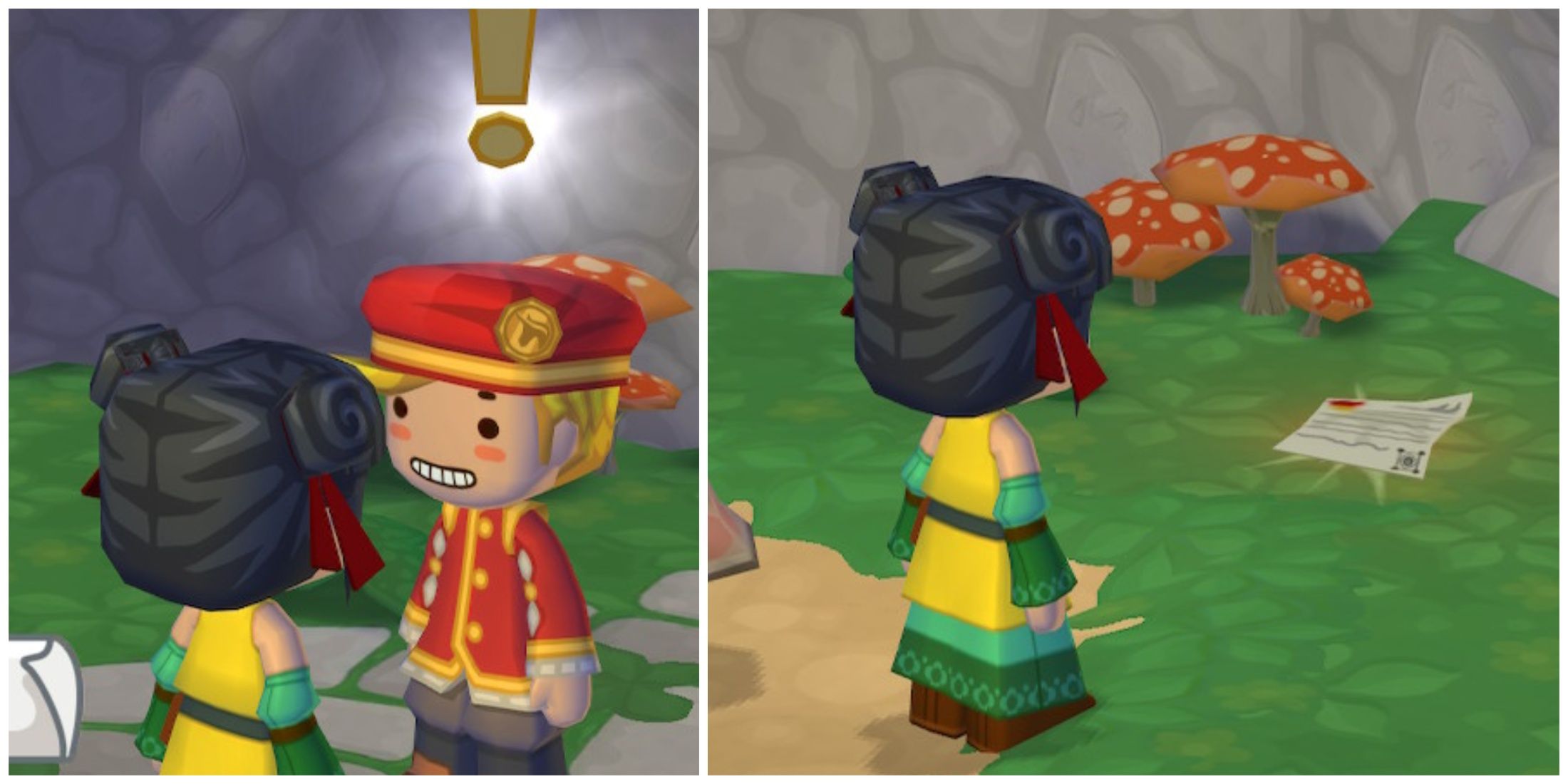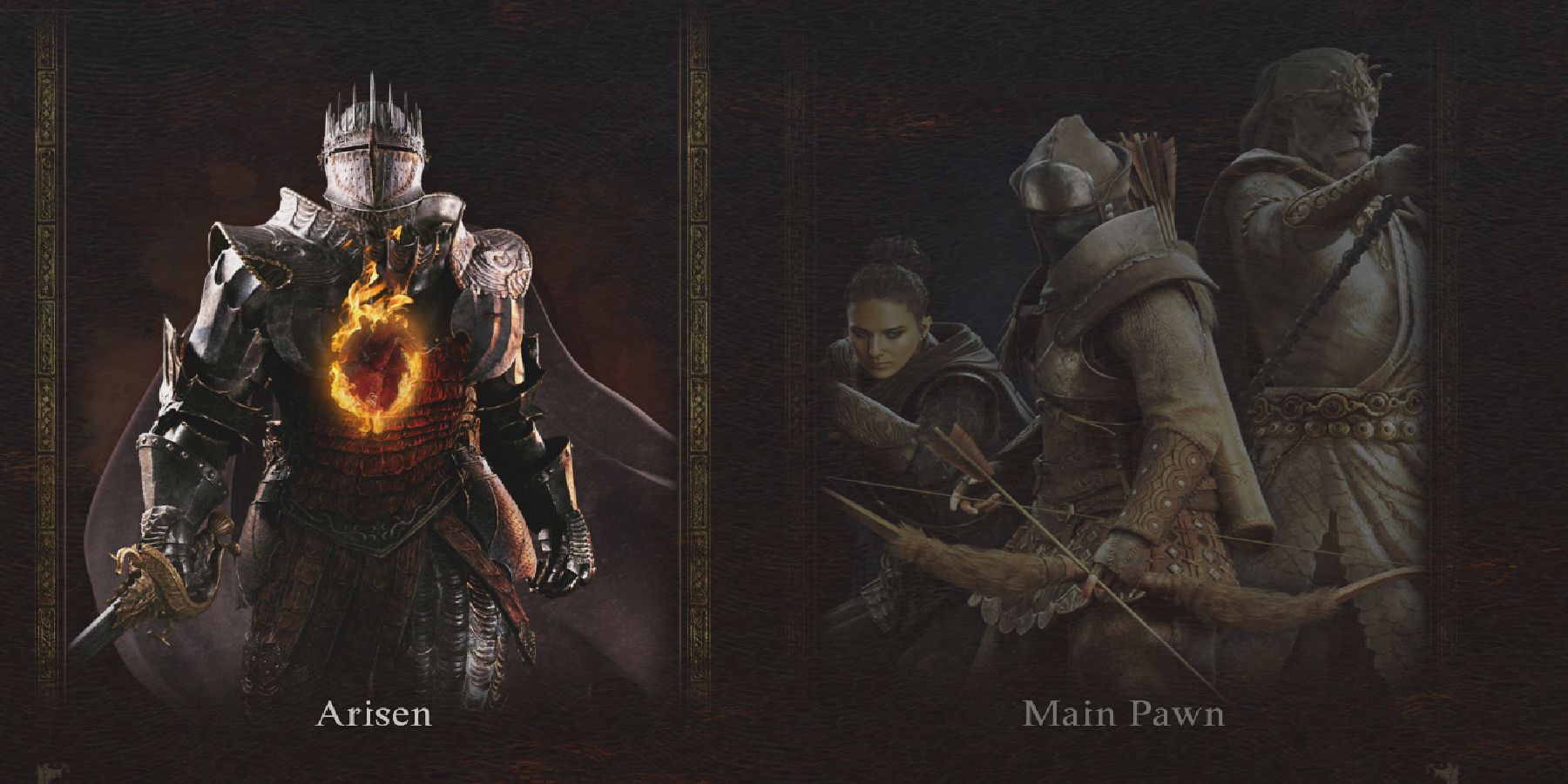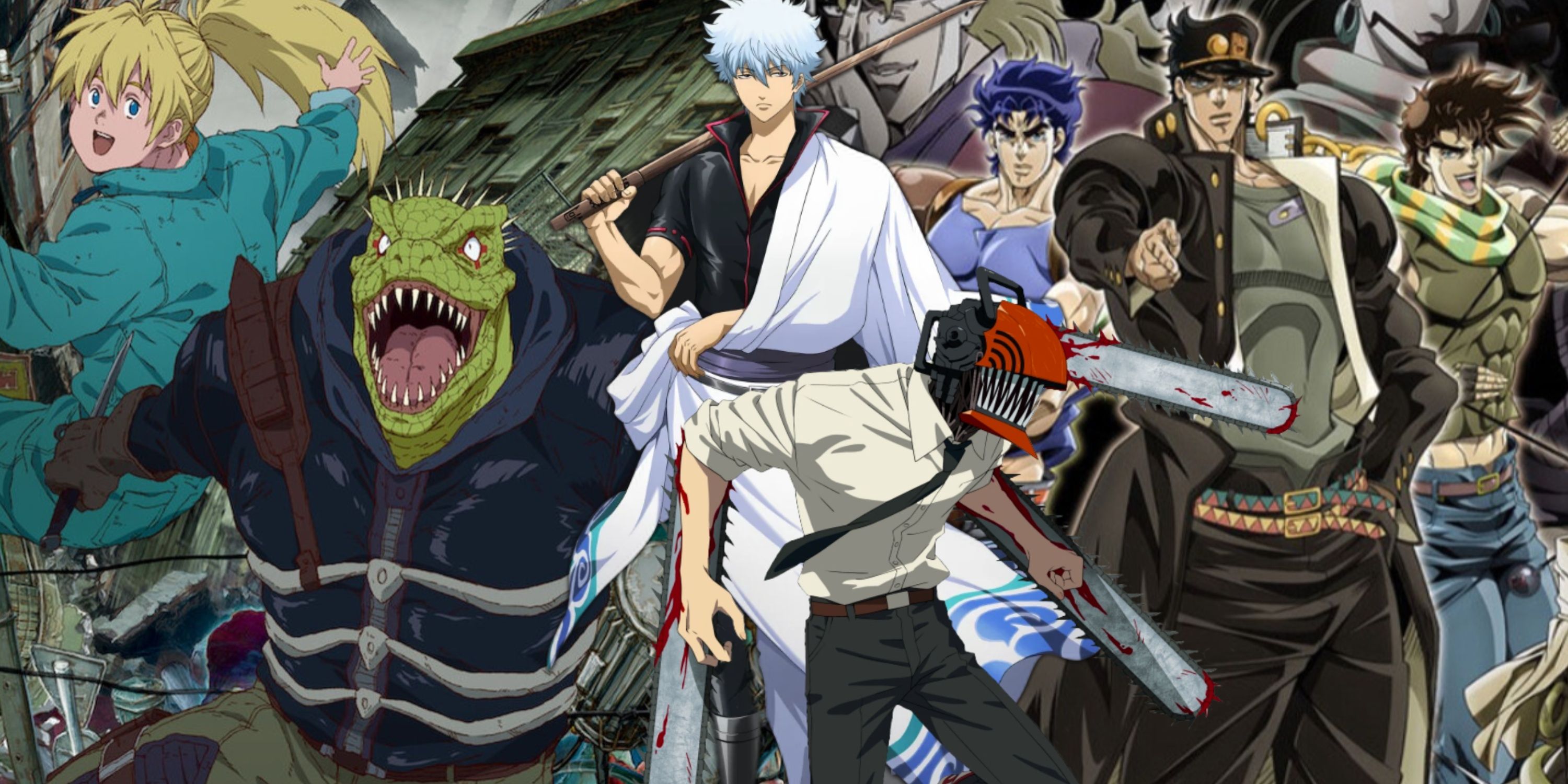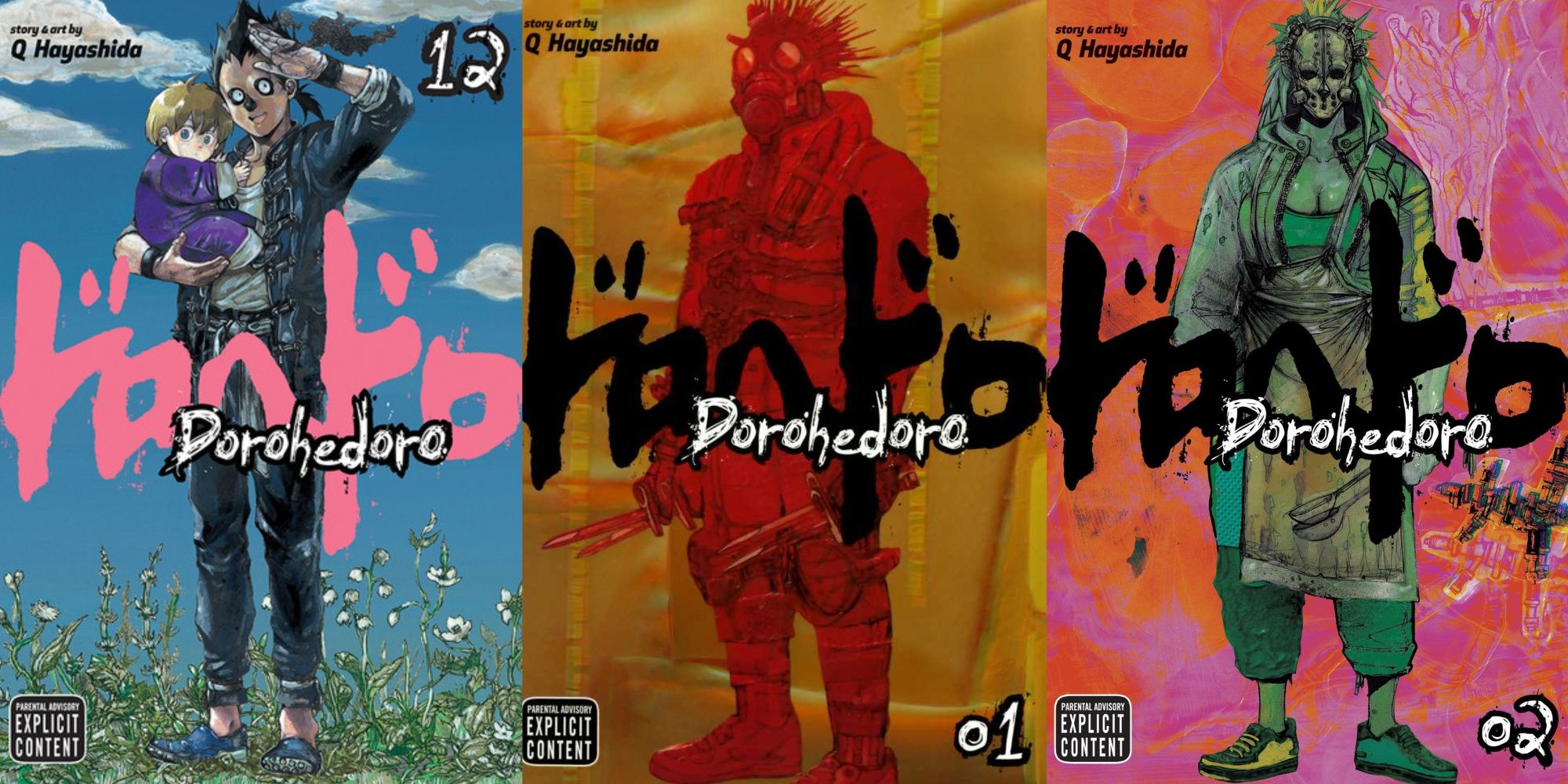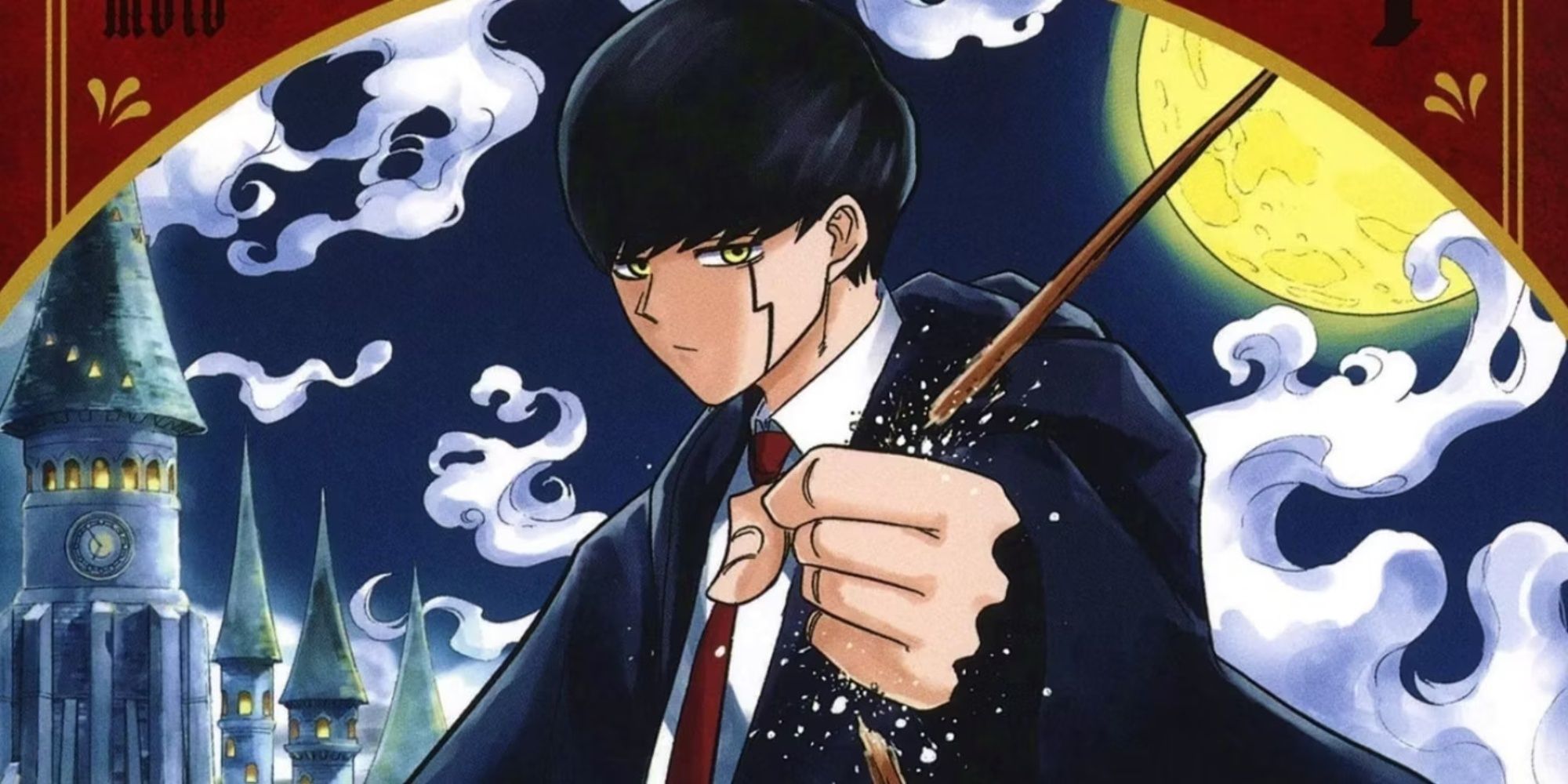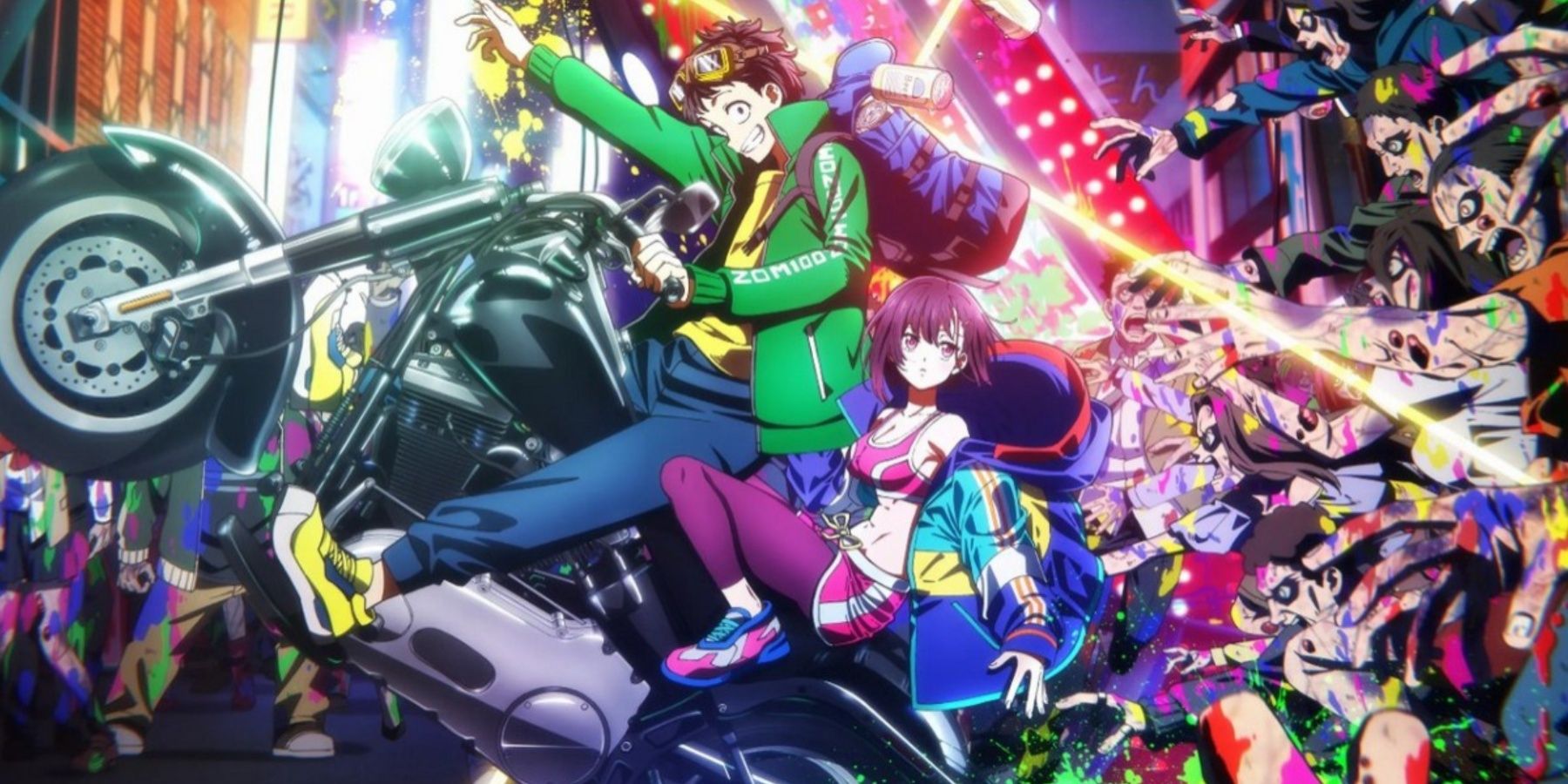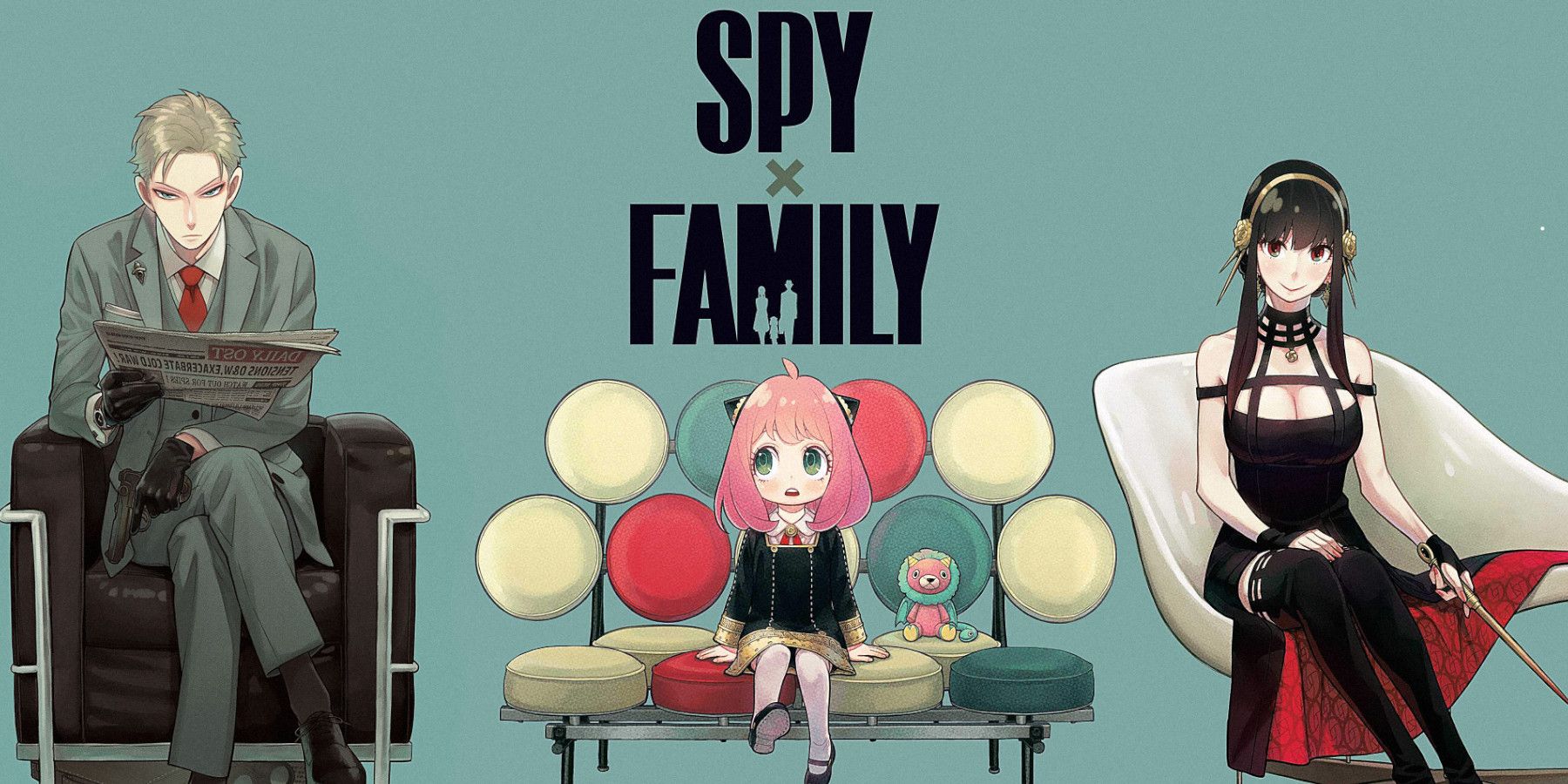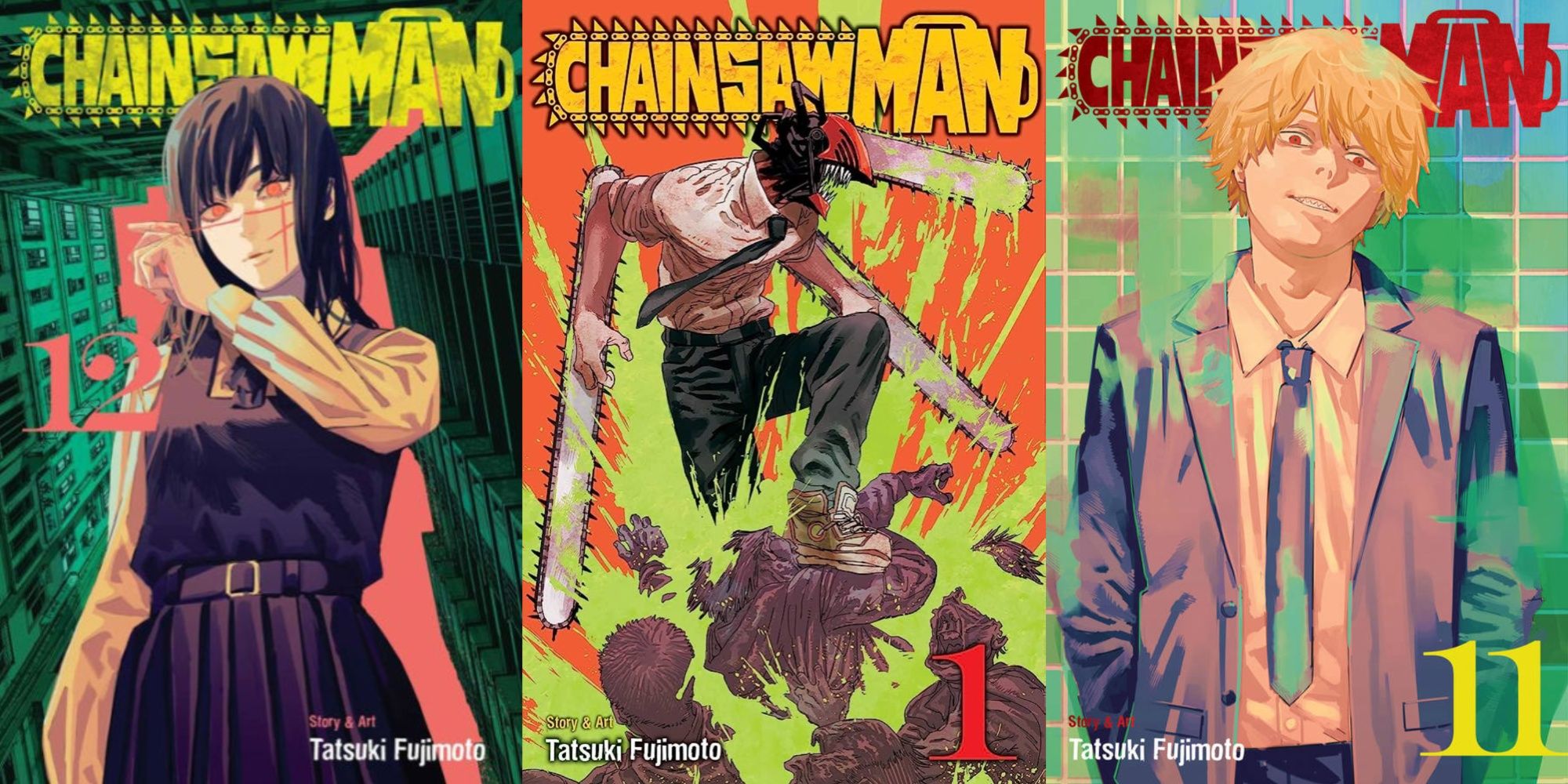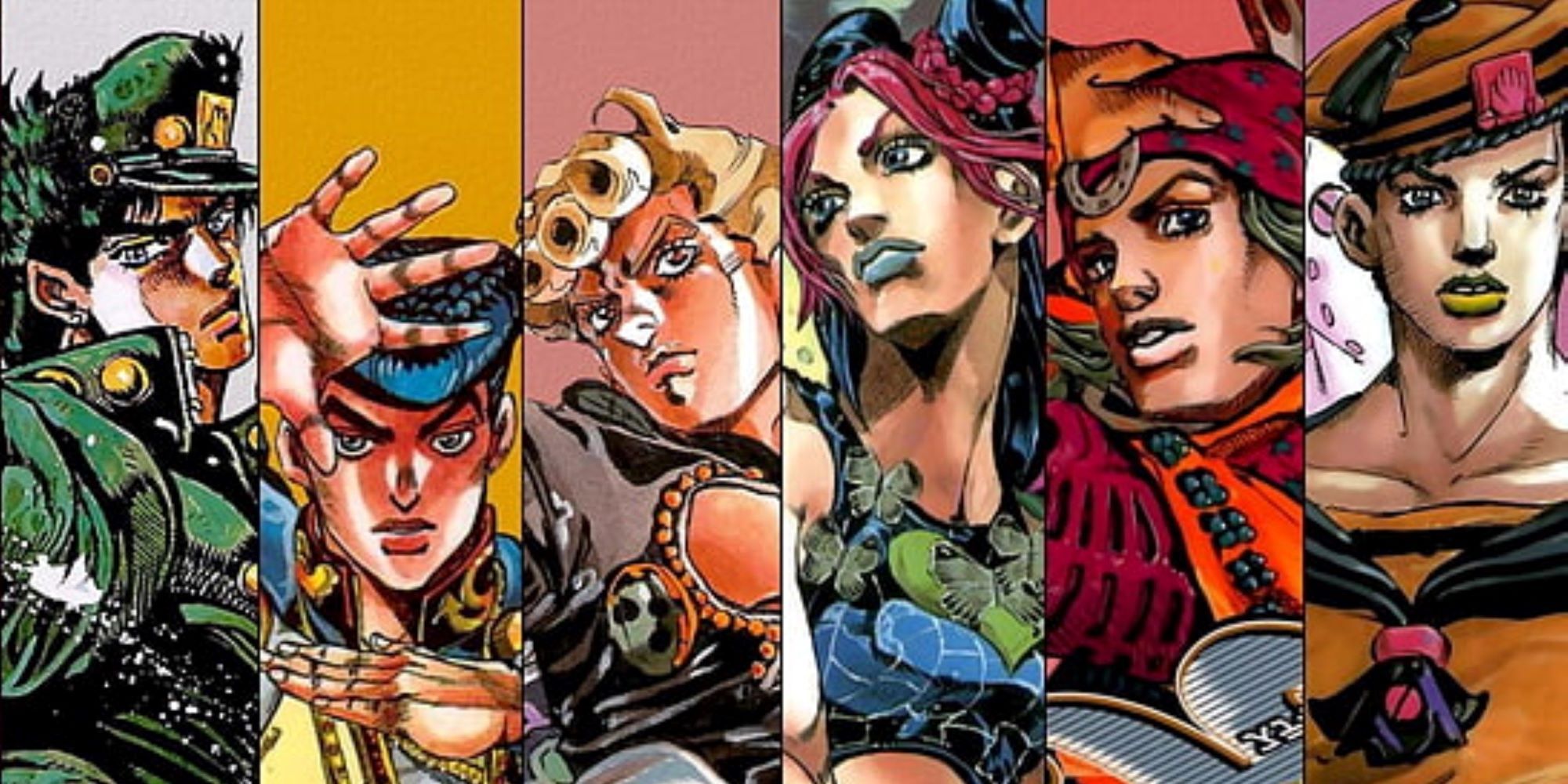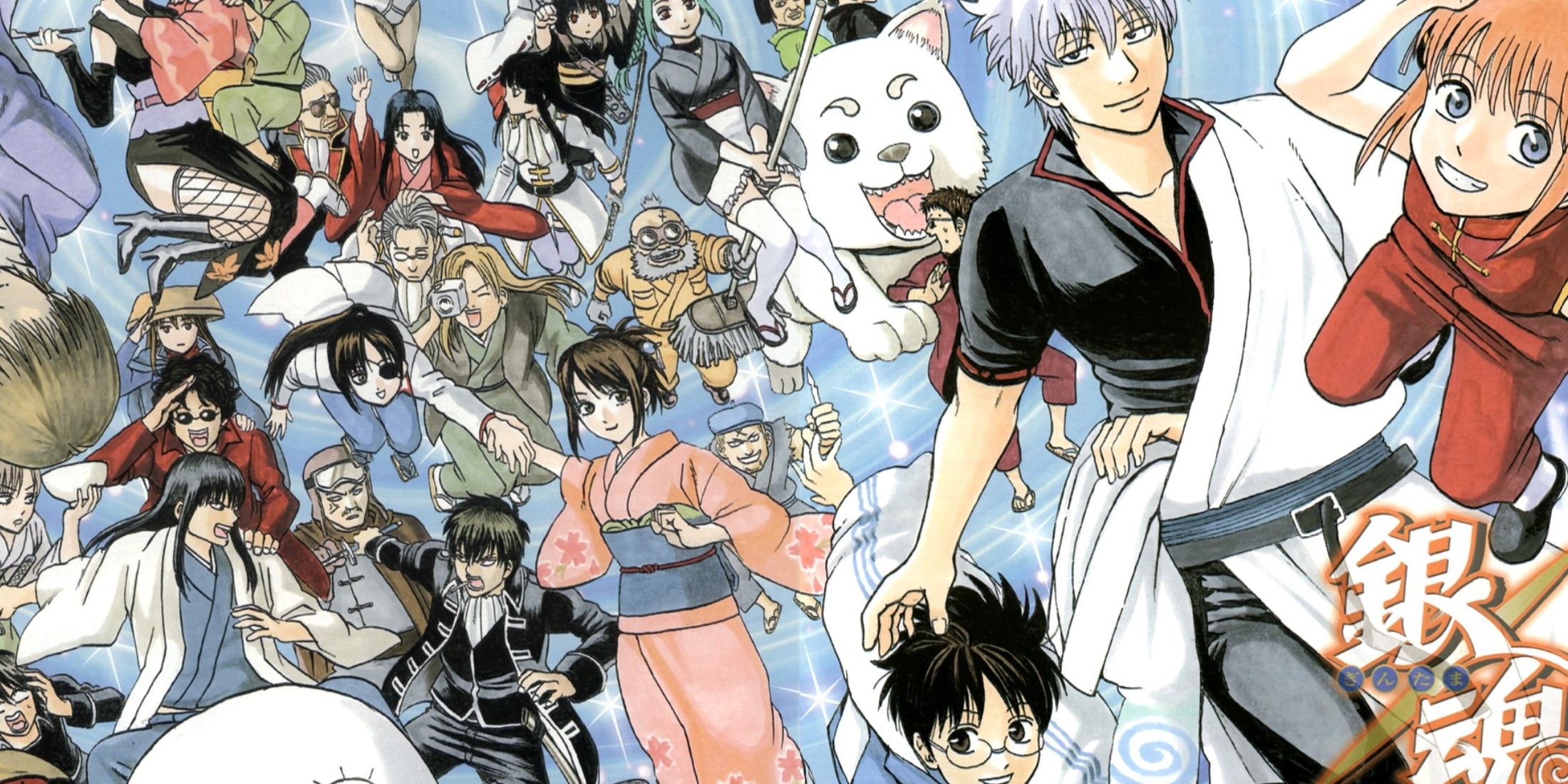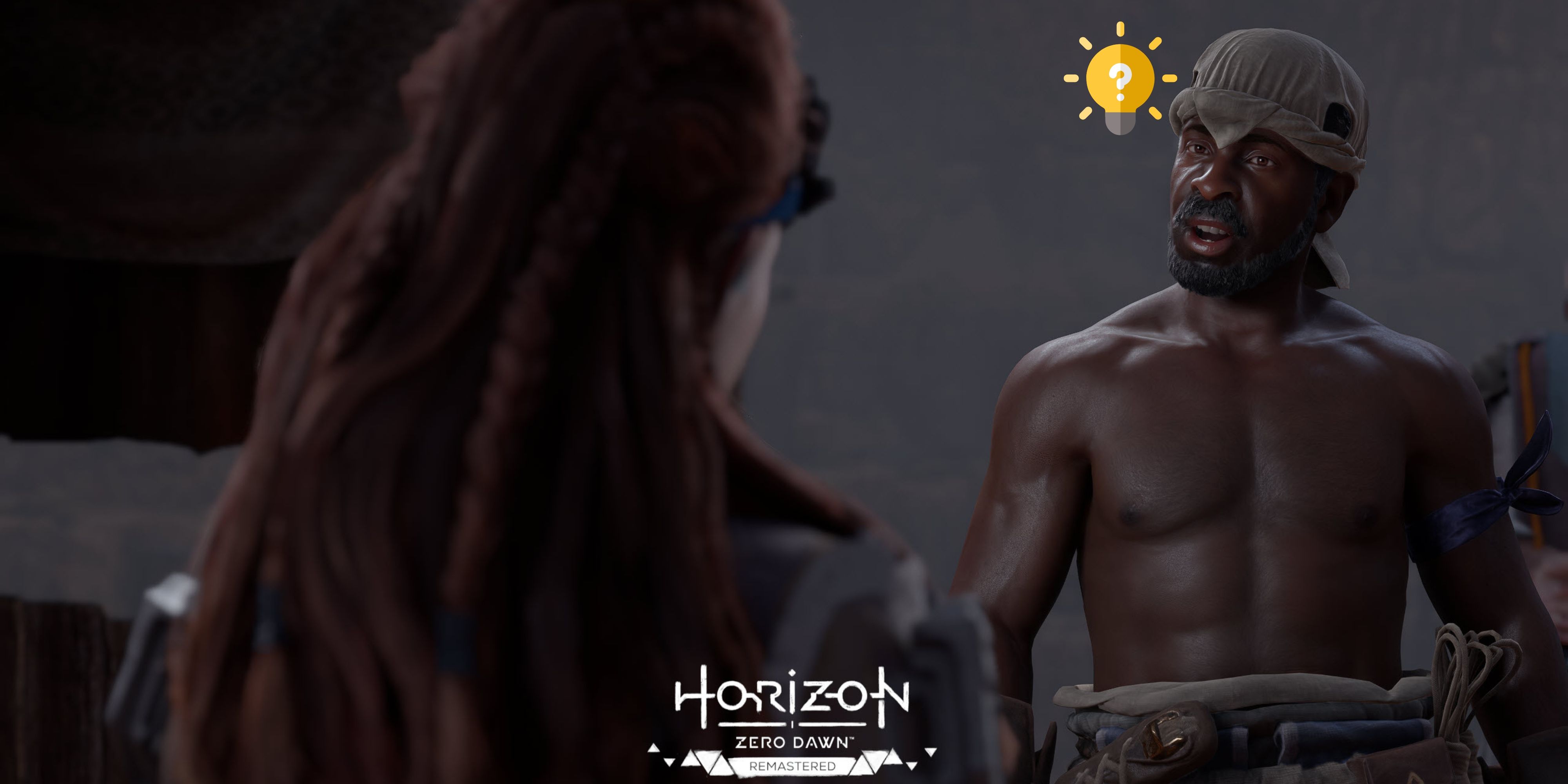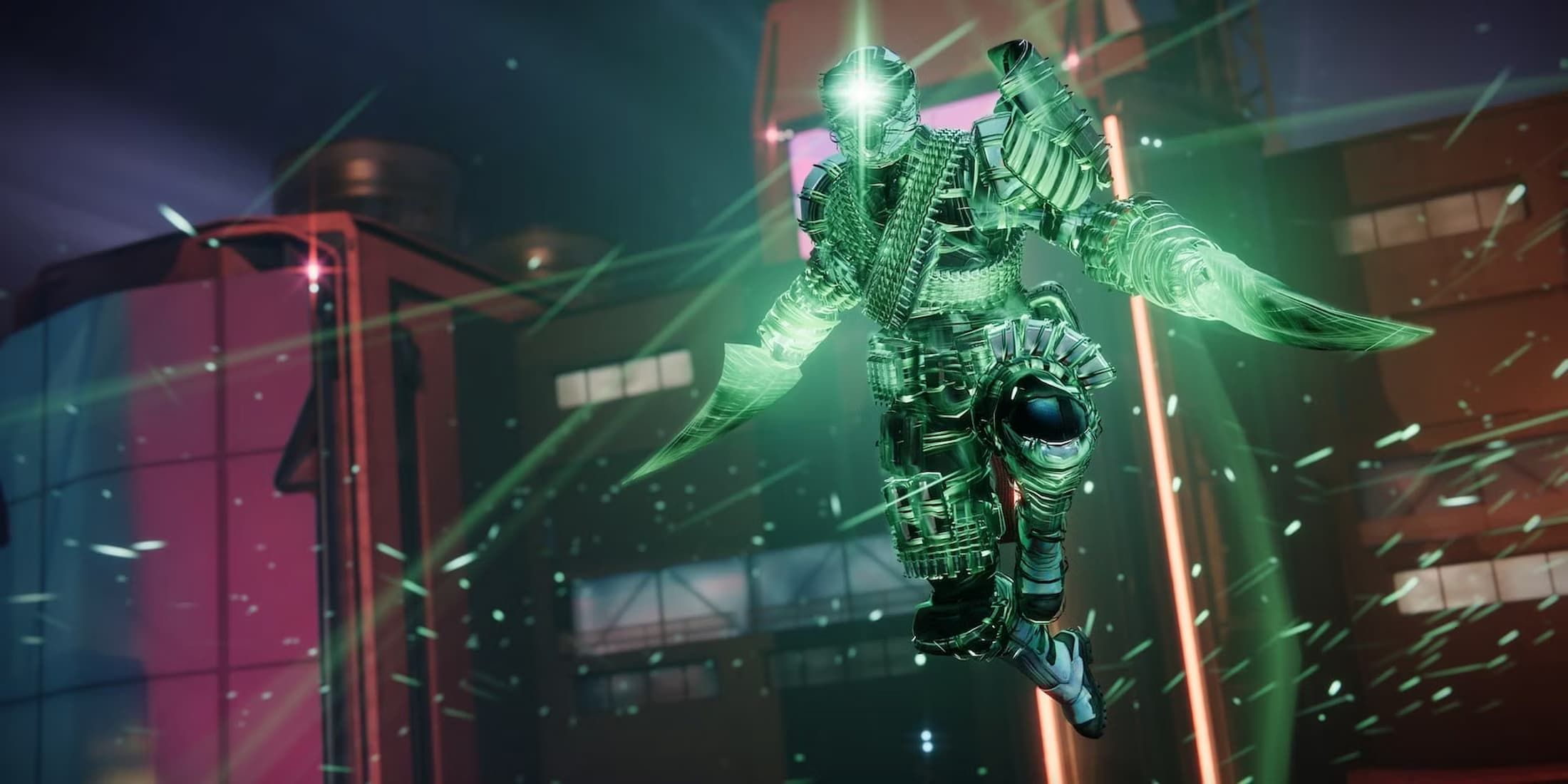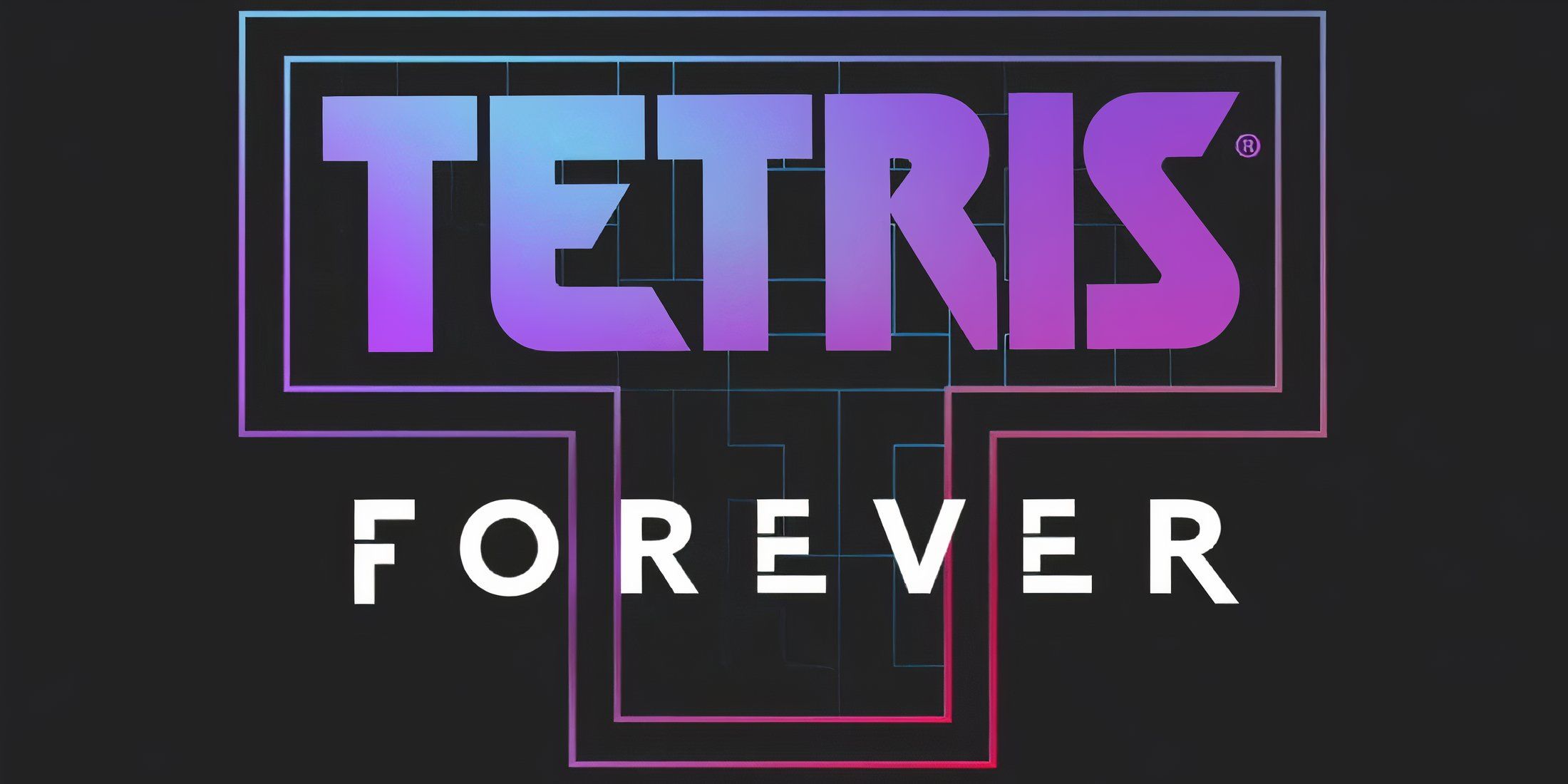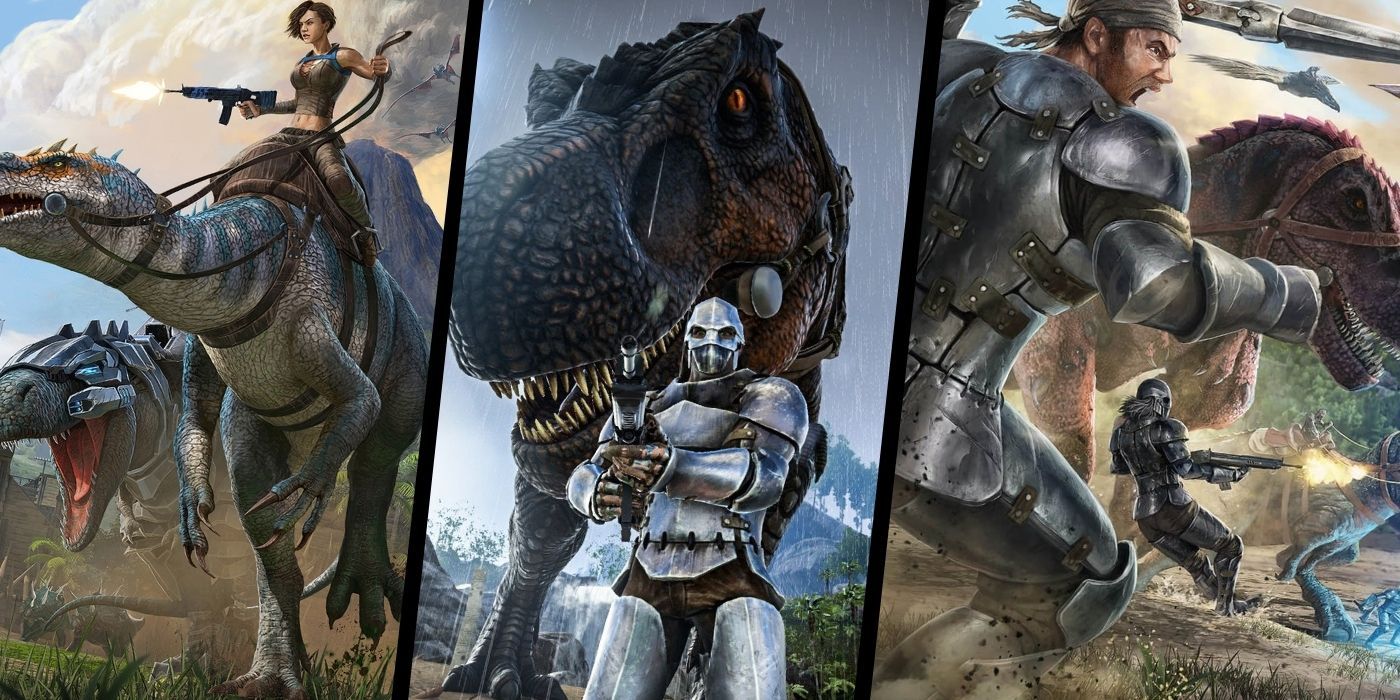Highlights
- Some manga series, such as “Dorohedoro,” “Mashle: Magic and Muscles,” and “Zom 100: Bucket List of the Dead,” break the boundaries of genre and create unique stories with their own distinct feel and tone.
- These genre-bending manga challenge conventions and explore uncharted territory, which has contributed to their fame, acclaim, and enduring popularity, with some even receiving anime adaptations.
- The blending of genres in these manga series creates a cohesive whole that seamlessly navigates tonal shifts, introduces colorful and quirky characters, and tackles themes such as magic, fantasy, zombies, and more.
To some storytellers, the concept of a genre is more of a restraint rather than an accurate way of describing their work, where setting, tone, character archetypes, visual style, and plot elements are all predetermined according to a specific niche. However, some manga series and the minds who created them, chose to throw out the rule book of their assigned genre altogether, creating stories with an entirely different feel of their own.
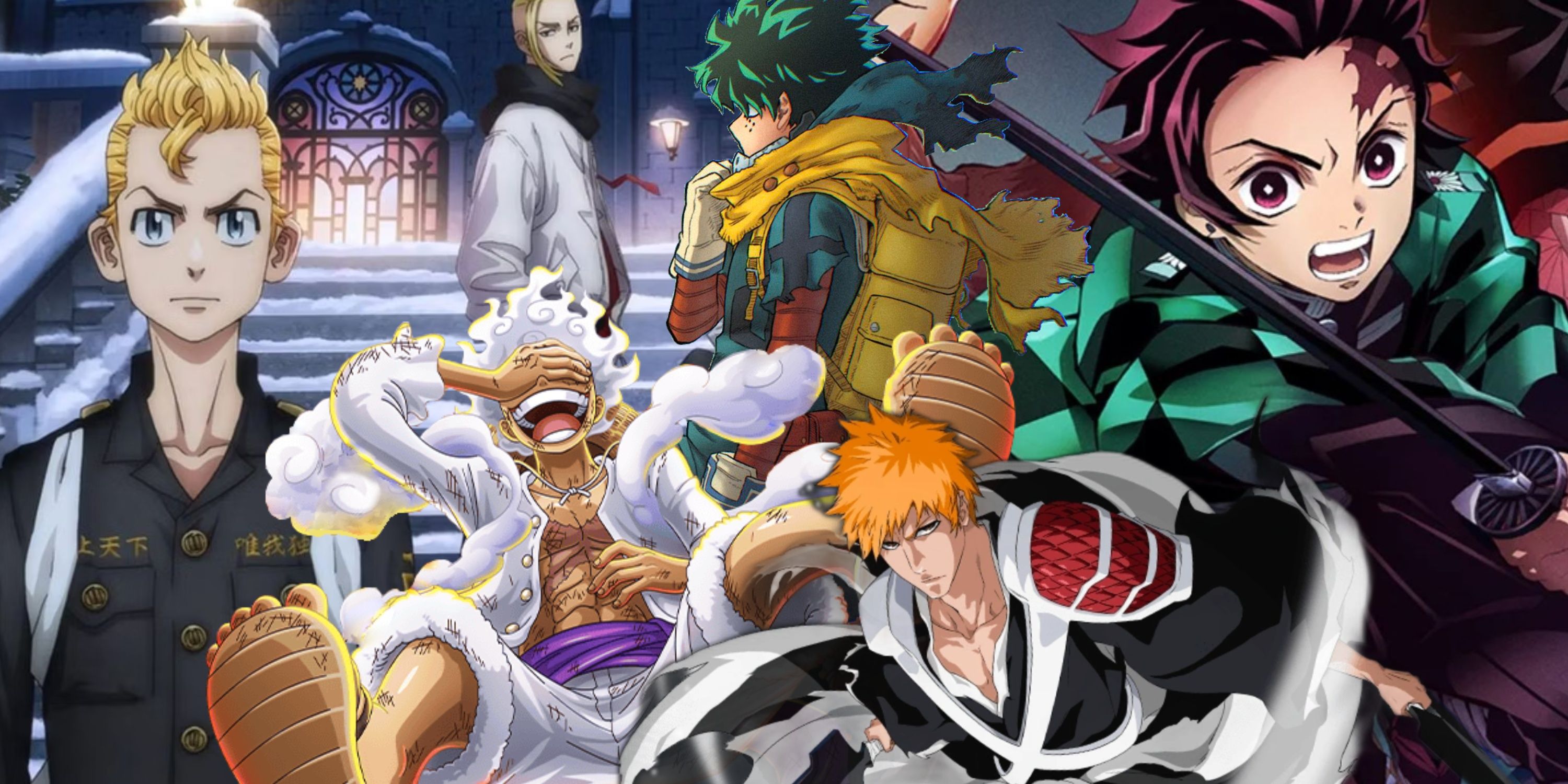
8 Anime Series To Catch Up On Before They End
These beloved anime are rapidly drawing to a close, and with each of their finales on the horizon, there is no better time to dive in.
Over the years, there have been many genre-bending manga which have attained fame, acclaim, and the all-important achievement of receiving an anime adaptation. Due to their willingness to challenge conventions and explore uncharted territory, some of these series have gone on to become classics, or gained a cult following, contributing to their enduring popularity in the years since their release. Hence, here are some of the best manga that blend genres.
7 Dorohedoro
A Steampunk Action Fantasy Riddled With Surreal Humor
|
Publishing Date |
November 30, 2000 to September 12, 2018 |
|
No. Of Volumes |
23 |
|
Originally Published In |
Monthly Ikki, Hibana, Monthly Shonen Sunday |
Balancing its blend of science fantasy with dark humor, brutal fights, and a mystery with sinister undertones at the heart of it all, Q Hayashida’s Dorohedoro is unlike any of its contemporaries in the realm of shonen action manga. Set in the three interconnected parallel realms of the Hole, the Sorcerer’s world, and Hell, the series follows the exploits of an amnesiac man named Caiman with a reptilian head and human torso, as he searches for a way to restore his body back to normal alongside his friend Nikaido.
What truly sets it apart, though, is how quickly it navigates these tonal shifts with such ease that its comedic moments and darker forays all feel at home as part of a single cohesive whole. Its main cast of incredibly colorful characters ties all of this together, with designs that are as absurd and over the top as their personalities and quirks, which have been fleshed out to draw viewers into this complex web of magic, science, and intrigue.
6 Mashle: Magic And Muscles
Subverting Tropes In A Magical School Context
|
Publishing Date |
January 27, 2020 to July 3, 2023 |
|
No. Of Volumes |
18 |
|
Originally Published In |
Weekly Shonen Jump |
Magical school fantasies have become staples of contemporary shonen manga, but there are few who do it as uniquely and irreverently as Mashle: Magic and Muscles by Hajime Komoto. In a world where social status is determined by one’s magical ability, Mash Burnedead is one of the few people unable to use magic to any extent.
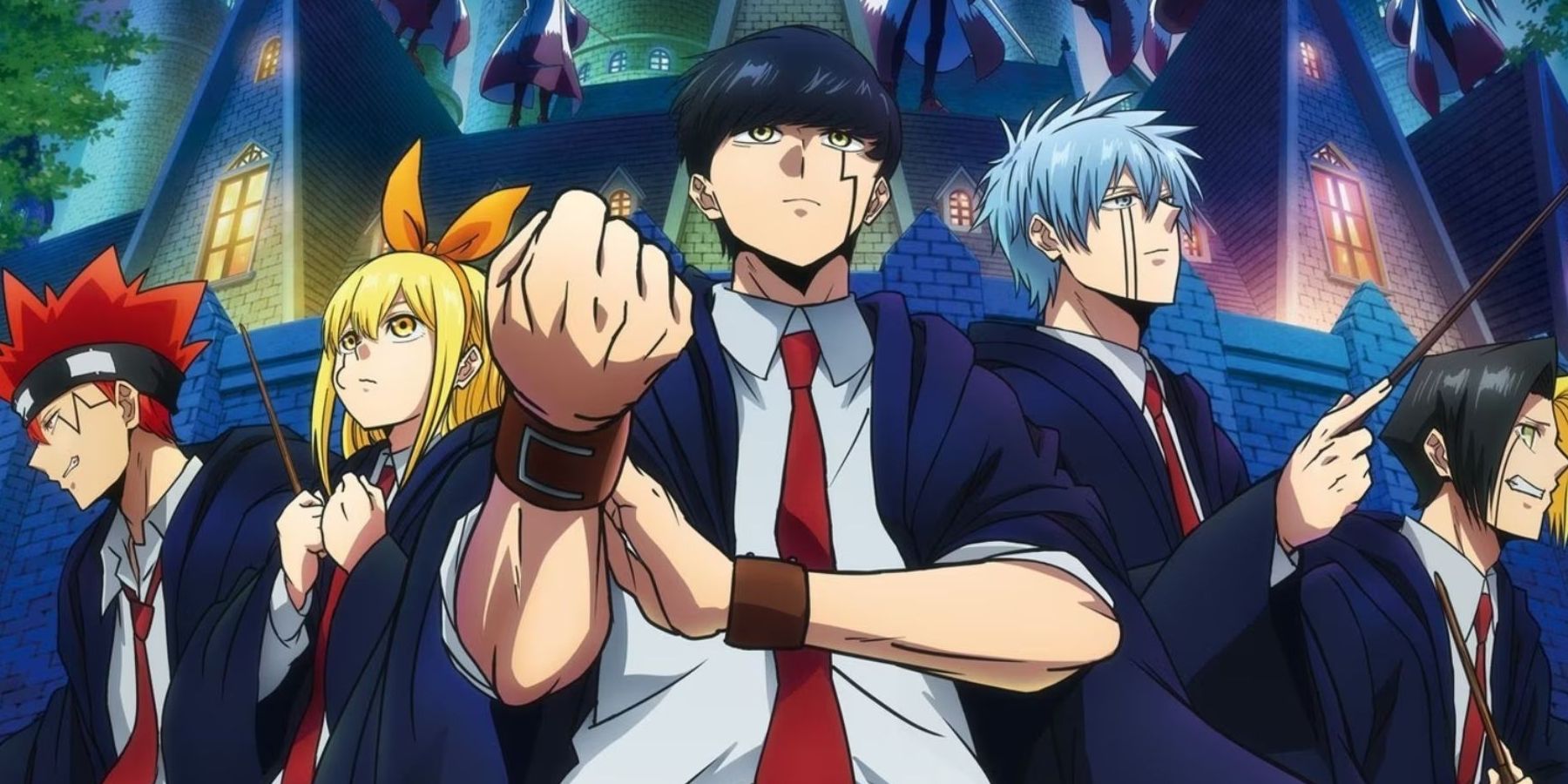
Mashle: Magic and Muscles Season 2 Trailer Reveals Winter Premiere
The season 2 trailer for Mashle: Magic and Muscles revealed some new characters and a Winter 2024 premiere.
Instead, he compensates for his lack of magical aptitude through raw physical strength and conditioning, with which he can perform superhuman feats that make others believe he is actually using magic. This sets up an array of comical scenarios and competitive duels that subvert and satirize aspects of traditional shonen battle manga, as part of Mash’s path to becoming a “Divine Visionary,” which is a title bestowed upon one prodigious graduate from the three magic schools each year.
5 Zom 100: Bucket List Of The Dead
Breathing New Life Into The Zombie Apocalypse Genre
|
Publishing Date |
October 19, 2018 to present |
|
No. Of Volumes |
15 |
|
Originally Published In |
Monthly Sunday Gene-X |
Starting out as a critique of corporate slavery, Haro Aso’s Zom 100: Bucket List of the Dead drastically shifts its gears when a zombie apocalypse comes to liberate its protagonist Akiro Tendou from his dull life defined by workplace exploitation. While zombie comedies are far from a new concept, Zom 100: Bucket List of the Dead has a distinctive voice in how it frames such a cataclysmic event.
Driven by fear and newfound excitement at the same time, Akira sees the end of human civilization as an opportunity to live out his life to the fullest, free from the endless drudgery of a 9 to 5. The series tastefully balances action, horror, and dystopian fiction with a hint of adventure, as its allegories about facing adversity and the pitfalls of capitalism characterize the tone of its larger narrative.
4 Spy × Family
Equal Parts Thrill Ride And Wholesome Family Drama
|
Publishing Date |
March 25, 2019 to present |
|
No. Of Volumes |
12 |
|
Originally Published In |
Shonen Jump+ |
Tatsuya Endo’s Spy × Family has risen to new heights of popularity among readers of all age groups since commencing serialization, and its meteoric ascent to fame has also yielded an equally acclaimed anime adaptation. Following an experienced spy who attempts to infiltrate a private school by creating a fake family in order to gather intel on a prominent political leader, the series’ ability to combine action, comedy, romance, and family drama stands out in more ways than one.
Delivering moments that are heartwarming, thought-provoking, and hilarious in quick succession, Spy × Family is a rare gem of a story, with beautiful artwork to boot. The series has received almost universal acclaim and its appeal is just as widespread, attracting fans of all tastes in equal numbers.
3 Chainsaw Man
A Twisted Comedic Take On The Dark Fantasy Genre
|
Publishing Date |
December 3, 2018 to present |
|
No. Of Volumes |
16 |
|
Originally Published In |
Weekly Shonen Jump, Shonen Jump+ |
Carrying all the aesthetic charm of a B-grade horror movie, with borderline ludicrous comedic timing, over-the-top action sequences, and some of the most heart-wrenching character moments in shonen manga, Tatsuki Fujimoto’s Chainsaw Man is an anomaly in the world of dark fantasy. On one hand, the series does not take itself too seriously with its crass humor and exploration of the adolescent psyche, but its more tragic passages are sure to utterly devastate readers as they comprehend how cruel the manga’s world truly is.
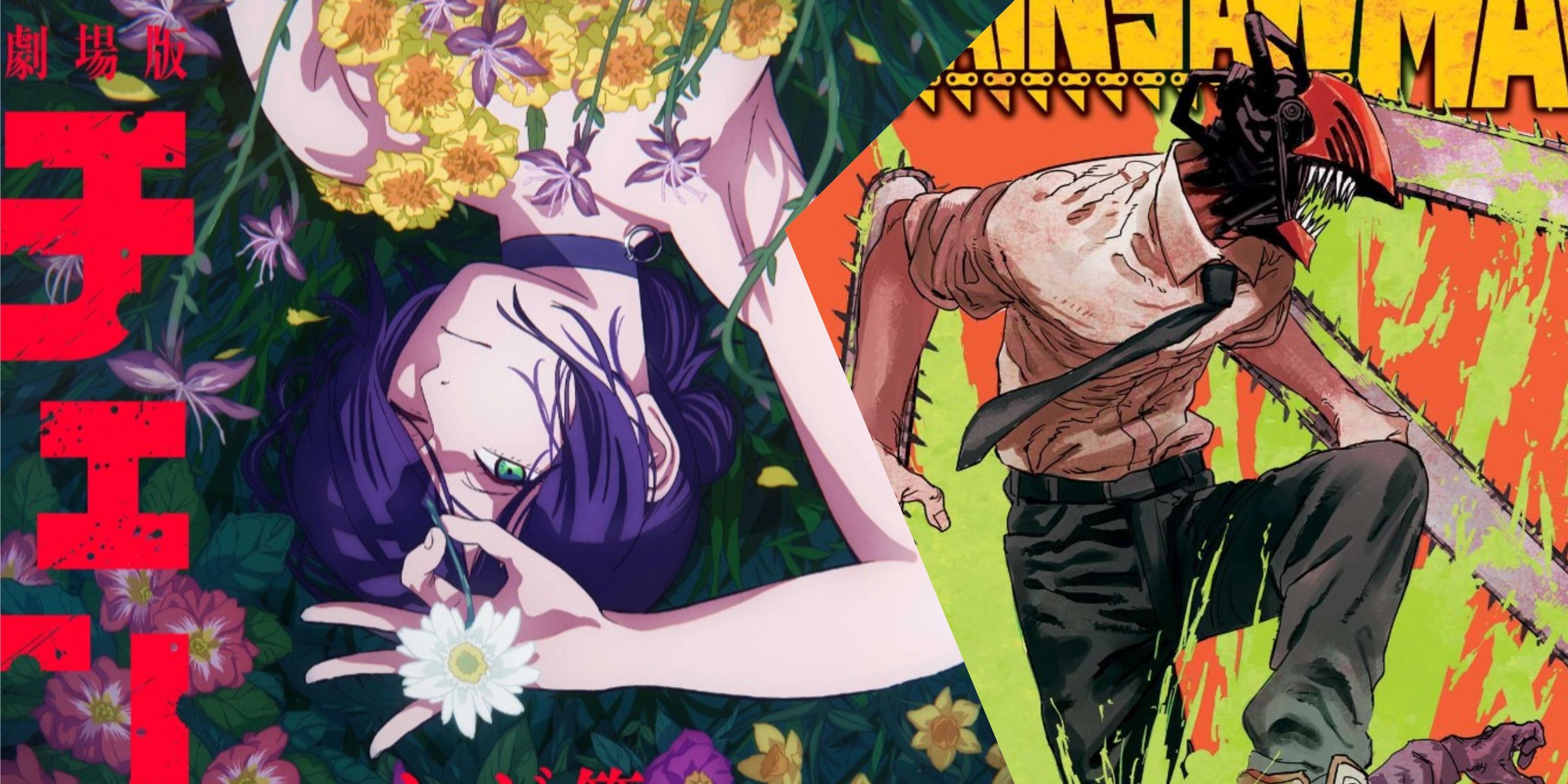
What To Expect From Chainsaw Man – The Movie: Reze Arc (According To The Manga)
Jump Festa 2024 featured an announcement for Chainsaw Man – The Movie: Reze Arc, which will continue the manga’s story from the end of Season 1.
In a world where devils are created and empowered by humanity’s fears, a young boy named Denji has known nothing but extreme poverty his whole life. His only companion in this is Pochita, an odd dog-shaped creature with a chainsaw protruding from his head who hunts devils with him to pay back his deceased father’s debts to the yakuza. All this changes when Denji is killed on a mission and is saved by Pochita, who revives him by becoming his heart under the condition that he sees out his dream of living a normal life.
2 Jojo’s Bizarre Adventure
Explores A New Genre In Every One Of Its Parts
|
Publishing Date |
January 1, 1987 to present |
|
No. Of Volumes |
133 |
|
Originally Published In |
Weekly Shonen Jump, Ultra Jump |
From a surface level perspective, Hirohiko Araki’s Jojo’s Bizarre Adventure series is a long-running shonen battle manga that follows the exploits of the Joestar family across successive generations, as they encounter various supernatural threats. Unfortunately, this brief description does not do justice to how varied and unique each individual part in the series really is, as it redefines the notion of a shonen battle manga without straying too far from its core themes.
Starting out as a fantasy action series, the first three generations of the Joestar family have to contend with vampires and superhuman beings using a form of ancient energy known as Hamon, before the series’ now iconic Stand battles debut in Part 3. From then on, it really hits its stride in Part 4, which changes the scale of its story completely, turning into a slice-of-life manga with elements of mystery. Part 5 is a relentlessly fast-paced crime thriller set in the world of the Italian mafia, while Part 6 is set primarily within a prison. Next, Part 7, takes the style of a western with a decidedly more mature tone, which is continued into Part 8 and the ongoing Part 9, attesting to how diverse the series’ many story lines really are.
1 Gintama
A Science Fiction Action Comedy Filled With Meta References
|
Publishing Date |
December 8, 2003 to June 20, 2019 |
|
No. Of Volumes |
77 |
|
Originally Published In |
Weekly Shonen Jump, Jump Giga |
Even though it is technically set in Japan’s Edo Period, Gintama by Hideaki Sorachi, adds a science fiction element to its context, wherein the series also features an alien race known as Amanto who have colonized the country. This opens up the doors for anachronisms and a wide range of scenarios for the main cast to explore. For the most part, the series follows the exploits of Gintoki Sakata, a samurai who works as a freelancer doing odd jobs along with his companions Shinpachi Shimura and Kagura.
A comedy manga at its core, Gintama successfully switches from this tonal base to a more serious action-oriented mood in several arcs, with the contrasts between these changes fueling the ebb and flow of its story. Its many self-referential gags and meta narratives were a stark contrast to its shonen contemporaries at the time of its serialization, which is but one of the many reasons why it is so highly regarded even today.
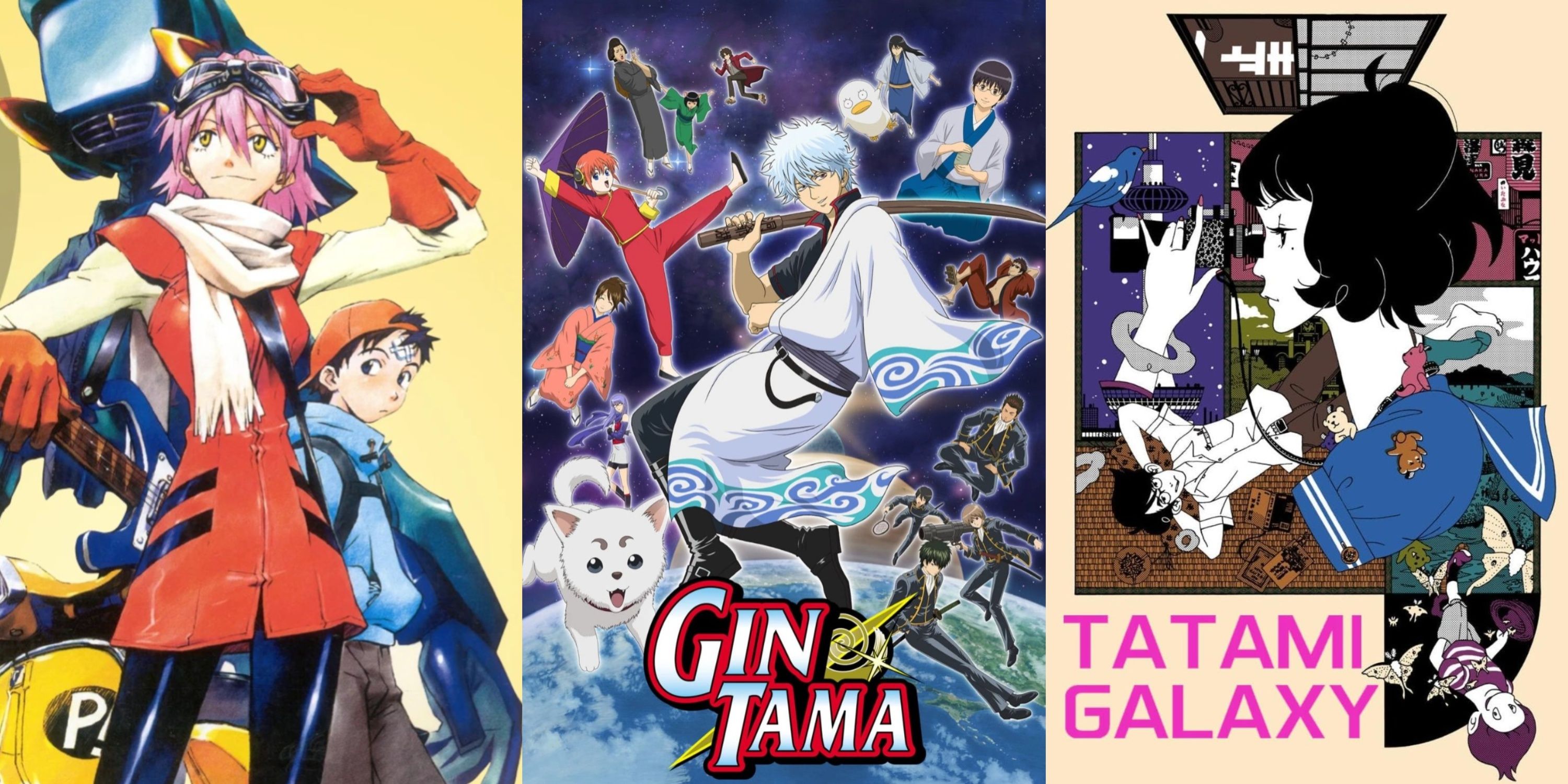
5 Meta Anime That Play with Reality
Some anime are too self aware for their own good while others bend the fabric of reality without any regard for conventions in narrative storytelling.
